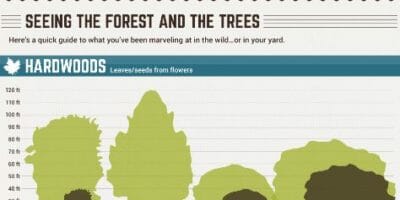Post-Tree Removal Care Plays A Significant Function In Landscape Reconstruction; Discover Crucial Steps To Boost Your Environments And Reduce Future Issues
Post-Tree Removal Care Plays A Significant Function In Landscape Reconstruction; Discover Crucial Steps To Boost Your Environments And Reduce Future Issues
Blog Article
Post Developed By-Langley Cochrane
After a tree's elimination, your landscape might look fairly different, and it's essential to evaluate the consequences meticulously. You'll wish to evaluate the soil disturbance and examine bordering plants for any type of indicators of stress. Disregarding these factors can result in larger problems down the line. So, what should you make with those stumps and roots? And how do you select the best plants for your revitalized space? Allow's discover these important steps.
Evaluating the Aftermath: Assessing Your Landscape
After a tree elimination, it's vital to evaluate your landscape to understand the effect it has on your lawn.
Start by taking a look at the area where the tree stood. Look for indications of dirt disturbance, and check the surrounding plants for any anxiety or damages.
You must additionally bear in mind of just how the elimination has actually transformed sunshine exposure and airflow in your yard. This change can impact the development of close-by plants, so it's important to review their wellness.
Consider the aesthetic facets too; the removal could create an open space that you can upgrade.
Lastly, think of any prospective erosion issues that could arise from the tree's absence. Attending to these elements early will help restore equilibrium to your landscape.
Handling Stumps and Origins: Alternatives for Removal
As soon as you've examined the results of the tree removal, you'll likely need to deal with the stump and roots left.
You have a couple of options for removal. One efficient technique is stump grinding, where a professional utilizes a machine to grind the stump down to below ground level. This technique leaves very little interruption to your landscape.
If you favor a DIY approach, you can use a combination of digging and chemical stump eliminators. Just keep in mind, this process can take some time and effort.
Alternatively, think about leaving the stump as a natural feature, which can act as a distinct garden element or habitat for wild animals.
Whatever you pick, attending to the stump and origins is essential for recovering your landscape.
Choosing the Right Plants for Your New Space
As you evaluate your recently gotten rid of room, picking the right plants can substantially improve your landscape's appeal and performance.
Beginning by thinking about the sunlight and soil conditions. For sunny locations, select drought-resistant plants like lavender or succulents. In shaded areas, ferns and hostas prosper well.
Consider the dimension and growth behaviors of your plants; mix perennials and annuals for seasonal variety. Do not neglect to integrate Tree Pruning Service call for less upkeep and assistance neighborhood wild animals.
Team plants in weird numbers for a much more all-natural appearance and produce layers for visual deepness.
Lastly, ensure you have a mix of shades and textures to maintain your landscape vivid throughout the periods.
Get More growing!
Conclusion
To conclude, restoring your landscape after tree removal is a fulfilling process. By analyzing the aftermath, addressing stumps and origins, and choosing the right plants, you'll create a growing atmosphere. Don't neglect to integrate erosion control actions to protect your soil. With a little initiative and care, you can transform your space into a dynamic yard that enhances your residential property. Accept the possibility to invigorate your landscape and delight in the appeal of nature right in your yard!
